Graham Reid | | 3 min read
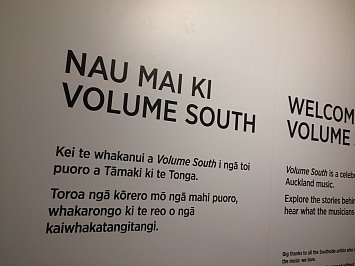
Over to Stuart . . .
Nga mihi nui hoki kia koutou, Talofa lava, Malo e lelei, Kia orana, Fakalofa lahi atu, Ni sa bula vinaka, and greetings
It gives me great pleasure to welcome you all here on behalf of MIT.
Volume South is a great addition to the atrium at our campus here in Manukau. The displays tell a story many of our students will know well. While others, particularly those who have come to study here from overseas, may not be quite so familiar with it.
Either way, it’s hoped the show will be a source of pride for both groups, telling the story of the great music tradition of creativity and innovation that started here in South Auckland.
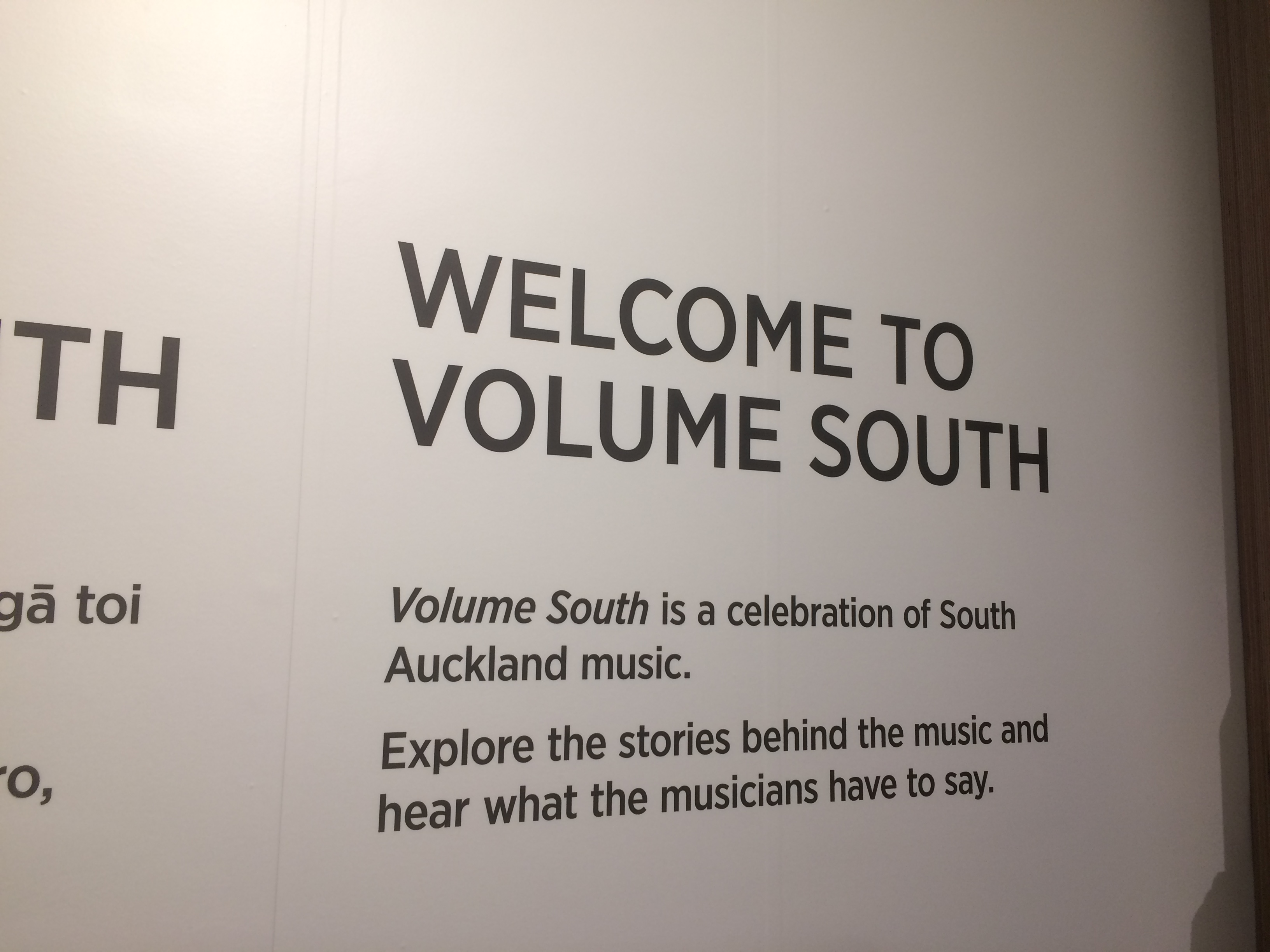 It’s always been a
great place to get a sense of what the future of New Zealand will
look like. There’s an energy. It’s a great place to be creative.
It’s always been a
great place to get a sense of what the future of New Zealand will
look like. There’s an energy. It’s a great place to be creative.
Students come to the Manukau Institute of Technology Creative Arts programmes: performing arts, visual arts, photography and creative writing. Great tutors introduce students to the arts and develop them to high levels of competence.
Tutors are practitioners. For instance tutors in Creative Writing have recently been Witi Ihimaera, Albert Wendt, Eleanor Catton and Catherine Chidgey. Spoken Poetry is taught by one of New Zealand's best - Carrie Radinski - and Graphic Novels and Comics is taught by Ant Sand.
Students tell us they come to MIT because it’s a great place to learn, it’s really supportive and there’s a lot of freedom to be yourself.
The arts that are taught drive the new media – spoken word going viral, expressing opinions etc. in social media. Young people use it to say what they want to say, at a time in their lives when they’re discovering who they are.
But to harness that potential an institute like ours has to constantly adapt.
Volume South at MIT is the latest exhibition to come out of a partnership between MIT and Auckland Museum. We work together because we have the same mission. It’s our job to engage and educate people in an age when they’re often time poor and while there’s a great demand for their attention from a variety of sources.
However, MIT plus Auckland Museum is just one partnership on which this programme is based. Add to that the Auckland Philharmonia Orchestra, the New Zealand Music Hall of Fame and the Otara Music Arts Centre or OMAC for short.
This year, we congratulate the team at OMAC, with the facility celebrating thirty years in Otara.
 In that time, the
best have taught there and others who have attended lessons or
workshops have got a chance to learn from the best. In 2018 the MIT
Performing Arts Programme will be delivered at OMAC.
In that time, the
best have taught there and others who have attended lessons or
workshops have got a chance to learn from the best. In 2018 the MIT
Performing Arts Programme will be delivered at OMAC.
So the names and pictures of Savage, Ardijah and the late Pauly Fuemana who took the Otara Millionaires Club from South Auckland to the world, are up on the walls in this exhibition.
Who’s going to be next to emerge from OMAC?
It’s a good question and can only be answered by the most important partner any of our institutions have: the community.
It’s our job to throw open the doors, provide the best facilities, provide the best teachers who will create the pathway - but the spark of magic that makes what we do worth doing comes from ‘beyond our walls.’
When we work together very often that journey from South Auckland to the big time doesn’t take that long.
That’s why it’s so important.
Thanks again to the partners who have made this exhibition a reality, thanks also to those who have donated many of the items that are on display.
Without you none of this would have happened.
Other Voices Other Rooms is an opportunity for Elsewhere readers to contribute their ideas, passions, interests and opinions about whatever takes their fancy. Elsewhere welcomes travel stories, think pieces, essays about readers' research or hobbies etc etc. Nail it in 1000 words of fewer and contact graham.reid@elsewhere.co.nz.
See here for previous contributors' work. It is wide-ranging

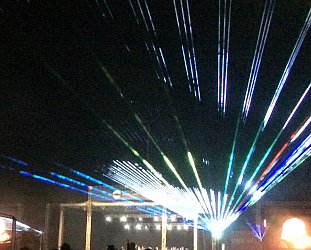
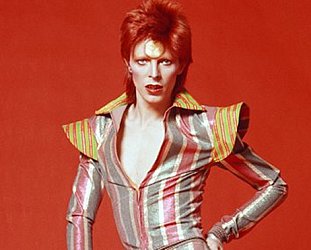
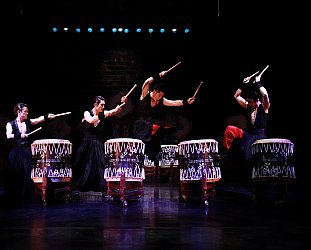
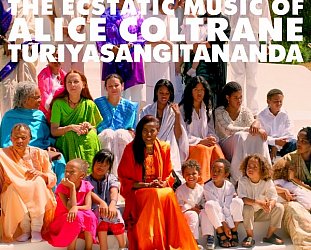
post a comment